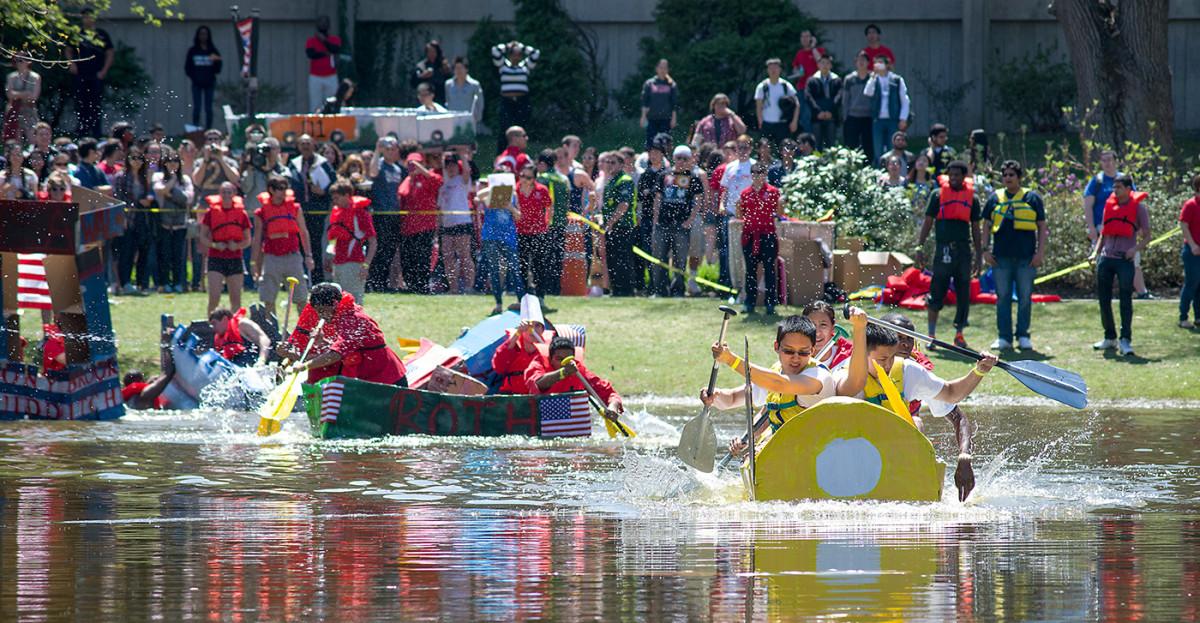One of the things I hear most in discussions with people who have been shooting for a while is something along the lines of “I never shoot above ISO 1600” or some other arbitrary number.
When I bought a Canon Rebel XTI in 2007, that was the upper limit of the camera, so if that’s what they’re talking about, it makes sense.
But I also hear that from people shooting professional-level cameras, many reaching stratospheric ISO values as high as 51200 or 102400, which is just strange. It’s like buying a Corvette and never taking it out of first or second gear (for reference, there are six gears, generally). You might find those other gears … err, features, useful.
Of course the prevailing theory is that the higher the ISO, the more “noise” or digital grain there is in a photo – it won’t be as clean an image. But modern day interchangeable lens cameras have really beat this problem – almost all will provide reasonably clean images at 3200, and more expensive models will shoot at 6400 and beyond without trouble. Many images I’ve shot for journalism assignments or weddings have hit those numbers – from 2008-2010 era cameras.
So if lower ISO numbers provide a cleaner image, why am I advocating for higher numbers?
Tip #1: You need to freeze action, so crank up the ISO
One of the biggest problems I see from new photographers is motion blur. When photographing something moving, the motion of the subject causes them to blur in the frame. Let’s take the featured photo in this post – the Stony Brook University students in this photo are furiously paddling across Roth Pond in the annual Roth Pond Regatta (basically, they make boats of cardboard and duct tape and race, it’s a tradition). It’s shot at 1/800 sec, f/8 at ISO 1000. The high ISO allowed me to keep my lens in the sweet spot for a sharp photo (each lens has a different aperture for the best sharpness). If I had just shot at ISO 100, an equivalent exposure would be 1/80 of a second. Because those boaters are moving fast, 1/80 of a second would have caused them to blur and the shot would be unusable.
So you can see, high ISO speeds don’t only apply to low light situations. Sometimes on a perfectly lit day outdoors (like the featured image in this post), ISO 100 (The baseline for most cameras) may not give you the fast shutter speed you need to freeze action. 1/250 second shutter speed may be fine for your father sitting in the bleachers of a football game, but probably won’t be enough to freeze the image of your brother the quarterback charging at the opposing team. In this case, cranking up the ISO will give you a faster shutter speed – and less chance of motion blur.
Even on a bright day, many sports shooters will crank up the ISO to 200, 400, 800 or even higher to freeze the action. There is practically no more noise penalty to doing so any more, and the rewards in shutter speed are worth it.
Click to read more.
Tip #2: In low light, use a higher ISO

After enough years of doing photography, you’ll be able to look at a room and know what aperture, shutter speed and ISO settings will get you in the ballpark of proper exposure.
Without those years, I offer a general set of rules – without flash, use ISO 800 or higher indoors. Outdoors, use ISO 800 or lower, depending on cloud cover. Adjust to taste based on what shutter speed you are getting.

Basically, unless you’re lighting a room with flash, use a high ISO to get the desired result. Better to get a sharp photo with a little bit of grain due to the high ISO than a motion-blurred mess. The photo above was shot at 12800 ISO during an Occupy Wall Street protest with a 2008-era camera. With all of the movement in this shot, there wouldn’t have been any other way to easily make a picture.
Tip #3: The case for lower ISOs

This post is not to say use high ISO speeds all the time – indeed there are many cases where motion blur can help a photo – as in the shot of these fine dancers at a wedding I was attending (I’m the worst wedding guest).
If you’re on a tripod and capturing a static scene that isn’t moving, or you want to add a surreal element to a photo such as clouds trailing, or turning water to glass with a long exposure, than a low ISO makes sense as well.
The key is, knowing what tools are available on your camera, and when to use them – ISO is merely one of them.

